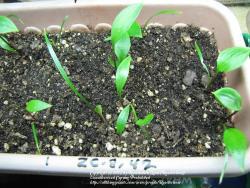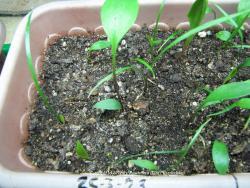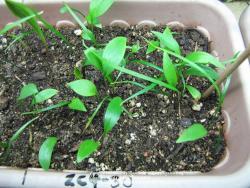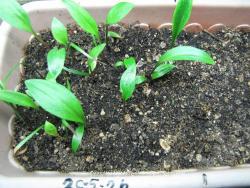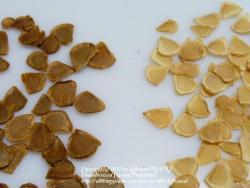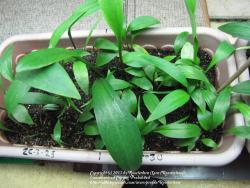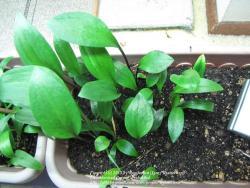Oh lake Michigan! Of course, then! Even the north shore of Lake Superior is a zone warmer than inland. They've recorded that since they began keeping records.
Regarding winter covering, that is what I usually do. These are the boxes I have fabricated with 2x4's and hardware cloth. They have a top that opens, and will be tacked down with screws or short roofing nails to keep varmints out. The frame is sparse to keep the whole thing light and manageable, and the cross bars double as supports for a shelf.
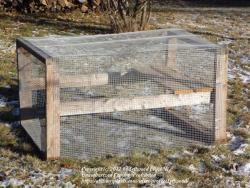
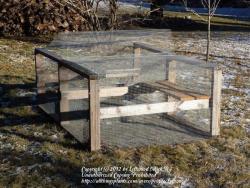
I grow a lot of alpine plants that require a very gravelly soil. It is the nature of alpines to grow their feeder roots well below the surface. Pots could not be tipped, or the medium would fall out. In addition, I usually have a layer of loose chicken grit at the surface, too.
So now I wait for the ground to freeze permanently and at least several inches below the surface. (In the meantime, pots sit in the garage where air temperature moderates.) Then I can pack the pots in the boxes and cover loosely with a tarp, mainly to keep rain or snow from penetrating the pots. Before the first really cold spell (say, below zero) I will put them to bed for good with some blankets and the waterproof tarp over all.
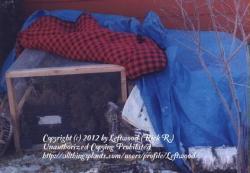
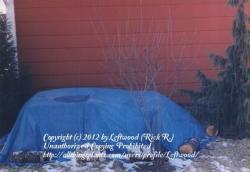
I don't futz nearly as much as I use to in these 2005 pics. I still use the old sleeping bag, but the rest of the blanketing (that goes down the sides, too) is just the cheapest blankets I can find, about the thickness of a towel, but then doubled. I don't bother with mulch bags around the sides anymore, either. Bulbs and roots are amazingly hardy, I've found, as long as they are kept fairly dry.
I said this is what I
usually do, because last winter it was soooo warm. I waited and waited, just to pack the boxes, but the ground didn't get cold enough, IMO, until mid January. By then, I thought, what's the point? So they stayed in the garage all winter. So I did water them twice during that time, but I did lose a few things due to dessication.





